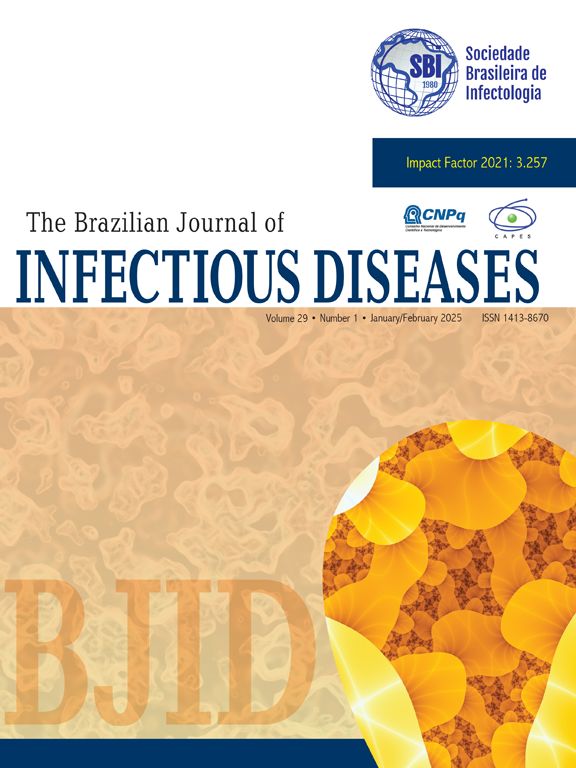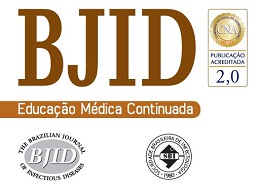Vaccinia virus is responsible for a zoonosis that usually affects cattle and human beings in Brazil. The initial clinical signs of the infection are focal red skin areas, fever, and general symptoms similar to those of a cold. Then, pustules and ulcerated lesions surrounded by edema and erythema follow, as well as local lymphadenopathy that can last for weeks. Cure and healing of the lesions occur over several weeks, leaving a typical scar in the skin of people and animals affected. The infection definitive diagnosis is made through morphological characterization of the virus by use of electron microscopy, followed by PCR for specific viral genes. Since 1963, circulating orthopoxviruses in infectious outbreaks in several regions of Brazil have been reported. Later, the etiological agent of those infections was characterized as samples of Vaccinia virus. In addition, the widespread use of those viruses in research laboratories and mass vaccination of militaries have contributed to increase the cases of those infections worldwide. Thus, several epidemiological and clinical studies are required, as well as studies of viral immunology, public health, and economic impact, because little is known about those Vaccinia virus outbreaks in Brazil.
The Impact Factor measures the average number of citations received in a particular year by papers published in the journal during the two preceding years.
© Clarivate Analytics, Journal Citation Reports 2025
SRJ is a prestige metric based on the idea that not all citations are the same. SJR uses a similar algorithm as the Google page rank; it provides a quantitative and qualitative measure of the journal's impact.
See moreSNIP measures contextual citation impact by wighting citations based on the total number of citations in a subject field.
See more



